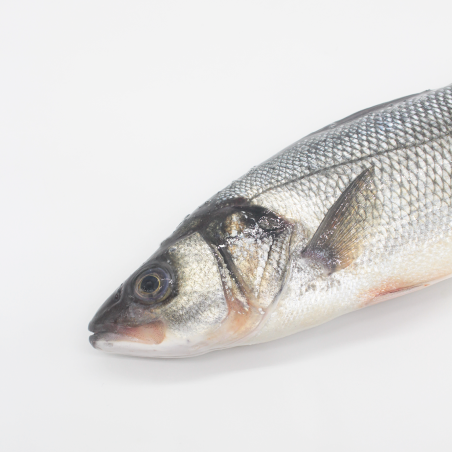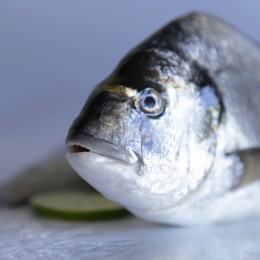

Farmed sea bass
8.50€
Tax included
Pieces of 300–400 g. One piece per person is recommended.
The most common way to enjoy this fish is clean and whole, ready to cook in the oven with a little salt. Or we can also cut it into two fillets. Tell us how you’d like us to send it to you.
Remember that all our fish can be frozen, being so fresh it’ll maintain all its properties.
And don’t forget to visit our fish recipes section, either, where you can learn to cook like a true chef.
Allergens























